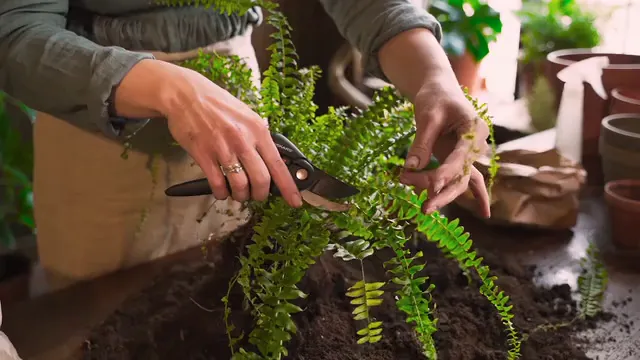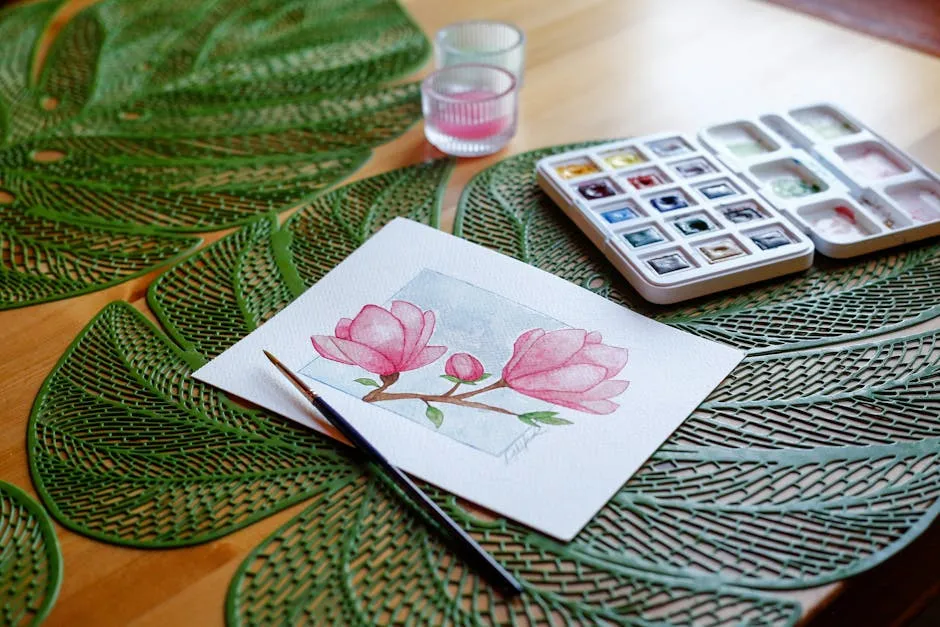

Magnolia Flowers: A Comprehensive Guide to Their Beauty and Care
Introduction
Magnolia flowers are stunning and iconic blooms. They carry deep cultural significance and charm gardens across the globe. With many species, each offers unique beauty and fragrance. In this guide, you’ll learn about their characteristics, care tips, and the best types for your garden. If you’re looking to start your own magnolia garden, consider getting some Magnolia Tree Seeds. They are a great way to cultivate your own beautiful blooms and experience the joy of gardening firsthand!Summary and Overview
Magnolia flowers belong to the genus Magnolia, which includes around 210 to 340 species. Known for their large, fragrant blooms, these flowers are often among the first to bloom in spring. They can be evergreen or deciduous, showcasing a diverse array of shapes and sizes. Typically, magnolia flowers bloom from February to May, depending on the species and climate. Their petals can be white, pink, purple, or yellow, adding vibrant color to landscapes. Southern gardens often feature magnolias prominently, celebrated for their beauty and resilience.
Types of Magnolia Flowers
Overview of Magnolia Species
Magnolia species display remarkable diversity, thriving in various habitats. They can be found in temperate regions across the globe, from North America to Asia. This adaptability allows them to flourish in gardens, parks, and natural settings alike. Different species offer a range of sizes, from towering trees to compact shrubs, making it easy to find the right fit for your landscape. Their beauty and resilience make them favorites among gardeners and landscape designers.Key Species of Magnolia Flowers
- Southern Magnolia (*Magnolia grandiflora*) This majestic evergreen can reach heights of 60 to 80 feet. It boasts large, creamy white flowers with a lovely fragrance. Native to the southeastern U.S., it thrives in well-drained, acidic soil.
- Saucer Magnolia (*Magnolia x soulangeana*) Known for its stunning pink and white blooms, this hybrid grows 20 to 30 feet tall. It typically blooms in early spring and prefers full sun to partial shade.
- Star Magnolia (*Magnolia stellata*) This smaller tree or large shrub features star-shaped white flowers that bloom in late winter. It reaches heights of 15 to 20 feet and thrives in well-drained, loamy soil.
- Bigleaf Magnolia (*Magnolia macrophylla*) Famous for its enormous leaves, this tree can grow up to 60 feet tall. Its large white flowers, often with red bases, bloom in late spring. It prefers moist, well-drained soil.
- Lily Magnolia (*Magnolia liliiflora*) This shrub reaches 8 to 12 feet and produces tulip-shaped pink flowers before the leaves appear. It thrives in well-drained, rich soil and enjoys full sun to partial shade.
- Cucumber Magnolia (*Magnolia acuminata*) This tall tree can grow between 60 to 80 feet. It produces greenish-yellow flowers and is known for its cold hardiness. It thrives in full sun and well-drained, rich soil.

Growing Magnolia Flowers
Ideal Growing Conditions
Magnolia flowers thrive in specific conditions. They prefer full sun to partial shade. Aim for at least six hours of sunlight daily. Well-drained soil is essential, ideally rich and slightly acidic. A pH level between 5.0 and 6.0 works best. Moisture is vital, especially during dry spells. Ensure the soil retains some moisture but doesn’t become waterlogged. When selecting a planting location, consider the space’s sunlight and drainage. A sheltered spot can protect them from harsh winds. By choosing the right location, your magnolias will flourish beautifully.
Planting and Care Tips
Soil Preparation Start with good soil. Amend poor soil with organic matter, like compost. This improves drainage and nutrients. Test the soil pH; if it’s too high, add peat moss to lower it. For a deeper understanding of preparing your garden soil, check out our guide on garden soil preparation.Watering Schedule Water newly planted magnolias two to three times a week for the first few months. Once established, you can reduce watering to once a week. Always check the soil moisture before watering. Fertilization Techniques Use a slow-release fertilizer in early spring. Look for a balanced formula, such as 10-10-10. This will provide the necessary nutrients. Avoid over-fertilizing, as this can harm the roots. For optimal results, consider using Slow-Release Fertilizer that ensures your plants get the nutrients they need over time. Pruning and Maintenance Prune magnolias in late winter or early spring. Remove any dead or diseased branches. This encourages healthy growth and maintains shape. Avoid heavy pruning, as it can stress the tree. Aim for light trimming to enhance its natural form. Regular maintenance keeps your magnolia thriving for years.Understanding soil preparation is crucial for growing healthy magnolias. Learn more about it here.

Companion Planting
Pairing magnolias with the right plants enhances their beauty. Consider planting them alongside azaleas, rhododendrons, or camellias. These companions thrive in similar conditions, creating a harmonious garden space. Companion planting offers numerous benefits. First, it can deter pests naturally. For example, mixing magnolias with marigolds can keep harmful insects at bay. You can explore more about effective strategies in our post on companion planting strategies for increased yield.Aesthetic harmony is another advantage. The lush foliage of companion plants complements magnolia blooms beautifully. Imagine a garden where the vibrant colors of azaleas contrast with the creamy white petals of a Southern magnolia.Companion planting can enhance your garden’s health and aesthetics. Discover more about it here.

Cultural Significance of Magnolia Flowers
Historical Context
Magnolia flowers hold deep cultural significance worldwide. In Asia, they symbolize purity and nobility. For centuries, people have revered magnolias in countries like China and Japan. In the United States, magnolias represent the South’s charm and grace. The Southern magnolia, in particular, is an iconic symbol of southern hospitality. Many cultures associate magnolias with love and perseverance. In Victorian times, these blooms conveyed a sense of dignity and beauty. Today, they continue to inspire gardens, art, and literature. Their rich history reflects a connection to nature that transcends time and borders. From ancient traditions to modern gardens, magnolias remain a cherished symbol of beauty and resilience. And if you’re looking to delve deeper into the world of gardening, consider picking up a Gardening Book to expand your knowledge!Magnolia Flowers in Art and Literature
Magnolia flowers have inspired countless artists and writers. In art, they often represent beauty and femininity. Renowned painters like Georgia O’Keeffe have captured their delicate petals on canvas. In literature, magnolias frequently symbolize love and renewal. Poets have used them to evoke feelings of nostalgia and longing. Their striking beauty makes them perfect for metaphorical expressions.
FAQs
What is the best time to plant magnolia flowers?
The ideal time to plant magnolia flowers is in early spring or fall. During these seasons, the soil is warmer, and the weather is milder, promoting healthy root growth. If you live in warmer areas, fall is perfect for planting. For colder regions, early spring is best to avoid frost damage.
Are magnolia flowers fragrant?
Yes, some magnolia species are highly fragrant. The Southern magnolia produces a sweet, lemony scent that fills the air. In contrast, the Saucer magnolia has a light, pleasant fragrance. However, not all varieties have strong scents, so check specific species if fragrance is important to you.
How long do magnolia trees live?
Magnolia trees have varying lifespans depending on the species. The Southern magnolia can live up to 80-120 years, while the Sweetbay magnolia may last around 130 years. On the other hand, the Saucer magnolia typically has a shorter lifespan of 20-30 years.
Can magnolias grow in pots?
Yes, magnolias can thrive in pots, especially smaller varieties like the Star magnolia. Choose a large container with good drainage. Use quality potting soil and ensure regular watering. This makes them perfect for patios or smaller gardens.
What pests and diseases affect magnolia trees?
Common issues for magnolias include scale insects, aphids, and root rot. To prevent problems, keep the area around the tree clean and well-aerated. Use insecticidal soap for pests and ensure proper drainage to avoid root diseases. Regular monitoring helps maintain healthy magnolias.
All images from Pexels



